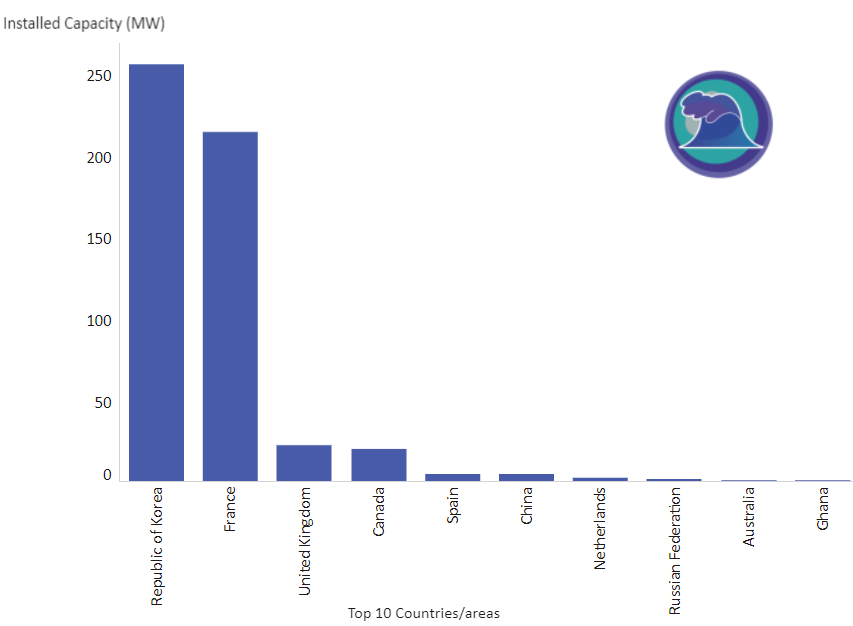Wave energy is derived from the movement of waves created by wind on the surface of the oceans and seas. The underwater movement created by waves is converted into electricity by special turbines. This type of energy is mainly used in countries with access to the seas and oceans.
This type of energy, which is an inexhaustible source, reduces the need for hydrocarbon resources and does not pollute the environment. Although the construction costs are high, facility operation, production and maintenance costs are low.
While there is currently no common standard for generating electricity using wave power generation, the use of this type of renewable energy is expected to become more widespread in the near future, as 75% of the world is covered by water and it is a renewable and clean type of energy.
Wave Energy Technologies
Wave Energy Converters (WECs) converts the energy contained in ocean and sea waves to generate electricity. There is a wide range of wave energy technologies. Each technology uses different solutions to capture energy from waves and can be applied depending on the water depth and on the location (shoreline, near shore, offshore).

Wave Energy Worldwide
According to the IRENA Renewable Energy Statistics Report 2021, the global installed capacity of this type of energy is 527 MW in total.
The Republic of Korea (255 MW), France (214 MW), the UK (22 MW), Canada (20 MW) and Spain (4 MW) are among the five top countries producing wave power around the world.

Source: IRENA




